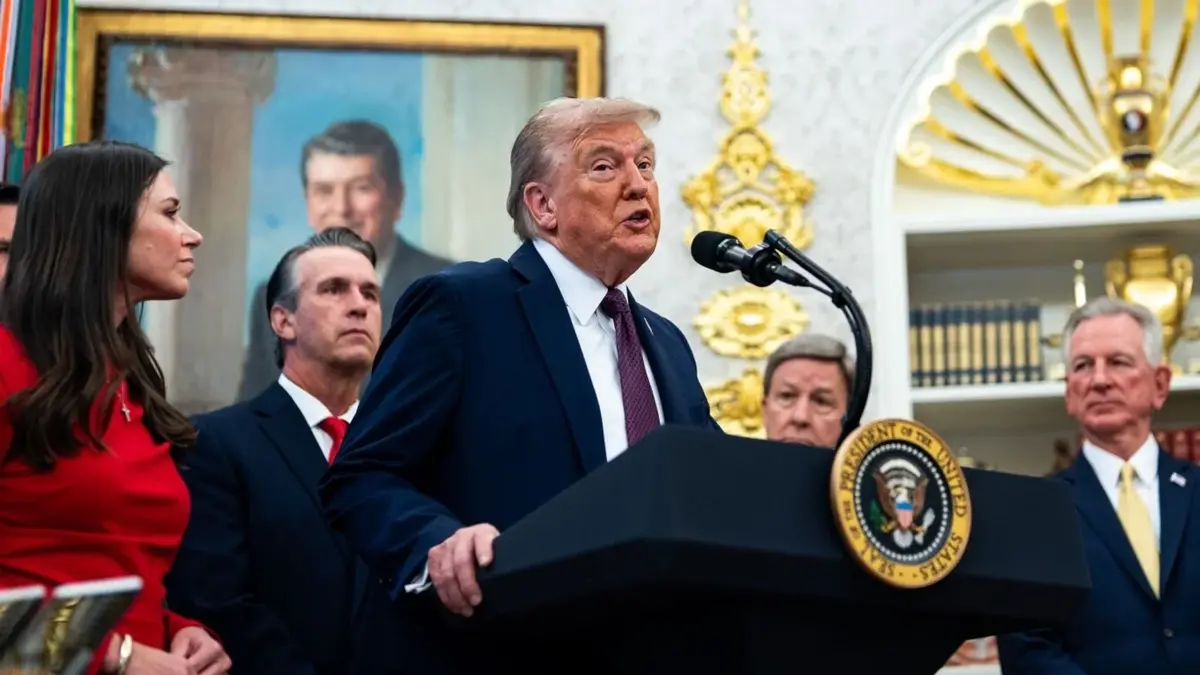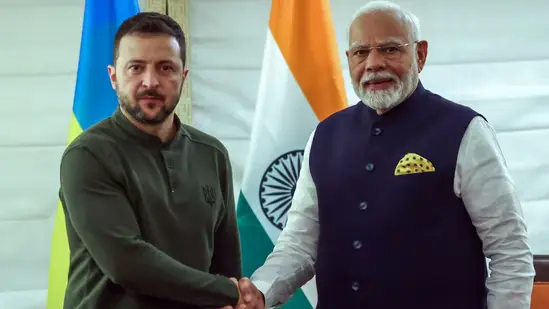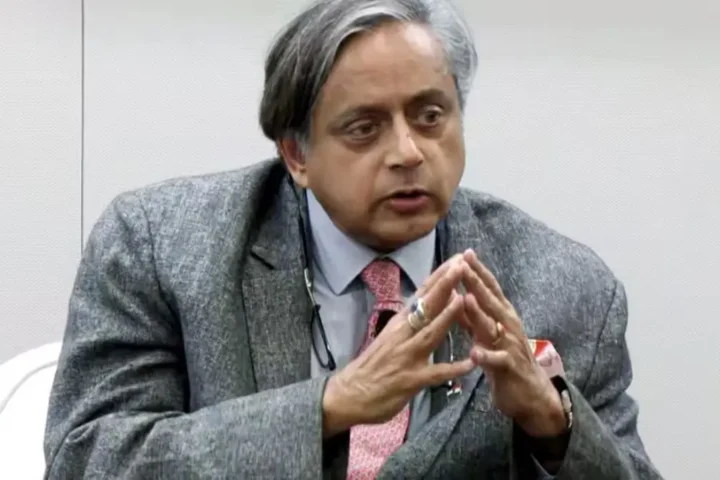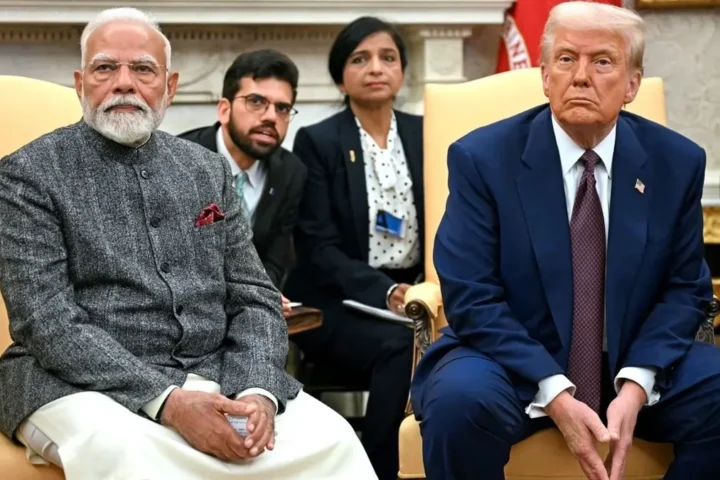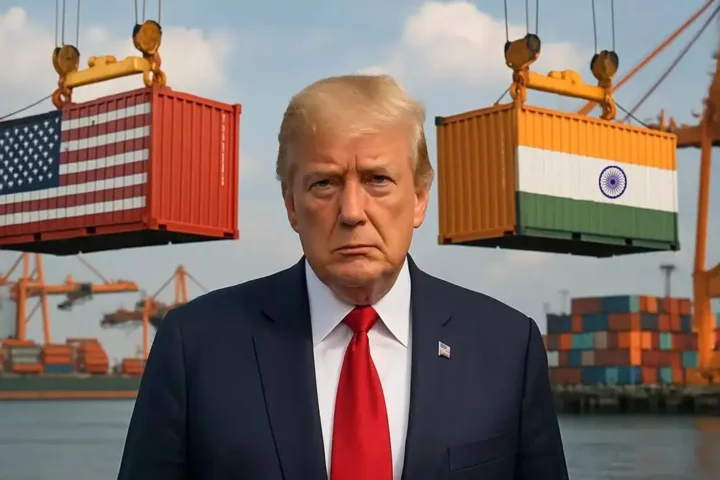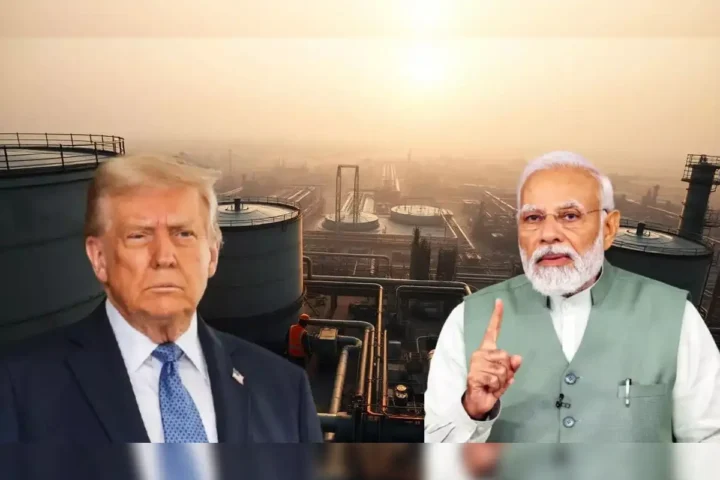Tensions between India and the United States have intensified after U.S. President Donald Trump imposed a 50% tariff on Indian goods, a drastic step that threatens to reshape one of the world’s most critical trade partnerships. The move is being linked not only to trade imbalances but also to Trump’s growing frustration with India’s denial of his role in the India-Pakistan ceasefire of May 2025.
The Ceasefire Controversy
In May 2025, following four days of cross-border hostilities triggered by the Pahalgam terror attack that killed 26 people, India and Pakistan agreed to a ceasefire. Trump quickly claimed that Washington had “brokered peace” between the two nuclear neighbors, boasting on Truth Social that he had “ended six wars” and that this conflict would be the “easiest one.”
However, India firmly denied U.S. mediation, clarifying that the truce was secured through direct military channels when the Pakistani DGMO contacted his Indian counterpart.
Sources told NDTV that Prime Minister Narendra Modi even called Trump personally to “set the record straight,” but this only deepened Trump’s sense of betrayal, according to U.S. strategic affairs expert Ashley J. Tellis.
The Tariff Timeline: 2024–2025
| Date | U.S. Tariff on Indian Goods | India’s Tariff on U.S. Goods | Key Trigger/Event |
|---|---|---|---|
| 2024 | 0% | 5–30% | Stable trade ties |
| April 2, 2025 | 27% (reciprocal tariff) | 5–30% | U.S. accuses India of unfair trade practices |
| July 1, 2025 | +25% (penalty tariff) | 5–30% | India continues Russian oil purchases |
| August 27, 2025 | 50% (total tariff) | 5–30% | Trump retaliates after India denies U.S. role in ceasefire |
| September 2025 | 50% (status quo) | 5–30% | Diplomatic standoff continues |
Economic Fallout
- Trade Volume: U.S.-India two-way goods trade hit $129 billion in 2024, with Washington running a $45.8 billion deficit.
- Indian Exports at Risk: Nearly 55% of India’s $87 billion exports to the U.S. — including textiles, pharmaceuticals, and IT services — are threatened by Trump’s tariffs.
- Competitor Advantage: Exporters warn the tariffs could shift U.S. import demand to Vietnam, Bangladesh, and China, undercutting Indian industries.
Indian trade bodies have called the tariffs “punitive and politically motivated,” while Washington insists the measures are necessary to ensure “reciprocal fairness.”
Diplomatic Strain
The trade war has already seeped into defense and strategic relations:
- Reports surfaced that India had paused major U.S. defense procurements worth billions, though the Indian Defence Ministry dismissed these claims as “fabricated.”
- Trump has cancelled his scheduled visit to India for the Quad Summit 2025, raising concerns among U.S. allies Japan and Australia about the stability of Indo-Pacific security cooperation.
- Meanwhile, Modi’s participation in the SCO Summit in Beijing — alongside Chinese President Xi Jinping and Russian President Vladimir Putin — has fueled speculation of India tilting away from Washington.
Analysts Weigh In
- Ashley J. Tellis (Carnegie Endowment): “Trump feels cheated that he did not get credit for resolving the India-Pakistan crisis. Modi’s call only inflamed the situation rather than resolving it.”
- Trade Experts: Warn that Trump’s transactional diplomacy risks weakening U.S. alliances, potentially pushing India closer to Moscow and Beijing.
- Indian Officials: Reiterate that “foreign mediation in India-Pakistan matters is a red line”, with External Affairs Minister S. Jaishankar stressing India’s strategic autonomy.
Interesting Read
Trump’s Tariff Threat Over Russian Oil: Why India Won’t Back Down
The Bigger Picture
The U.S.-India standoff is not merely about tariffs. It reflects a larger clash of ego, diplomacy, and strategic priorities:
- Trump’s pursuit of a Nobel Peace Prize hinges on recognition of his ceasefire claims.
- India’s refusal to endorse that narrative has triggered an economic and diplomatic backlash.
- With the U.S. elections looming and Modi pursuing closer ties with Russia and China, the rift could realign global trade and security equations.
Conclusion
The 50% tariffs imposed by Trump mark the sharpest escalation in U.S.-India relations in two decades. While the immediate impact will hurt Indian exporters and disrupt supply chains, the long-term consequences could reshape alliances across Asia and the Indo-Pacific.
For now, both Washington and New Delhi appear unwilling to back down — leaving the world’s two largest democracies locked in a standoff that could have global trade and geopolitical implications.

